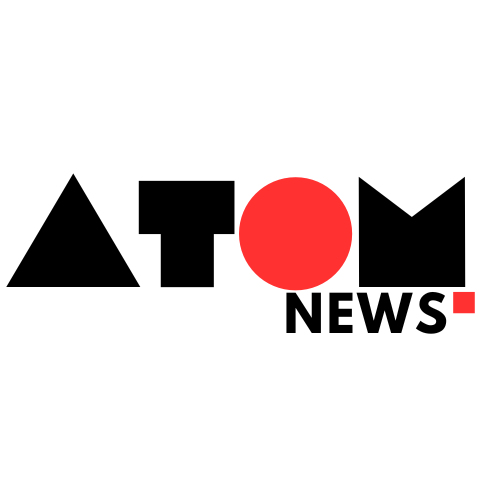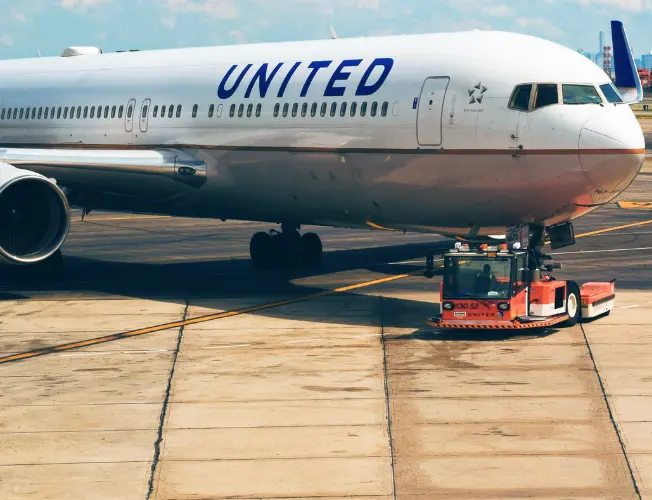Boeing tackles the 737 Max 9 grounding, issuing guidelines for crucial inspections to prevent midair incidents. United Airlines reveals “installation issues,” adding to scrutiny on Boeing and suppliers. Alaska Air identifies “loose hardware” during initial checks, intensifying the focus on the accident’s root cause.
Boeing’s Steps to Resolve 737 Max 9 Grounding
Boeing Co. initiates measures to bring the grounded 737 Max 9 back into service, providing airlines with comprehensive inspection guidelines. This move follows the recent midair fuselage incident involving Alaska Airlines, prompting increased vigilance and regulatory scrutiny.
United Airlines Uncovers Installation Issues
As airlines commence initial maintenance checks based on Boeing’s guidance, United Airlines Holdings Inc. reports indications of “installation issues” in some of its 737 Max 9 aircraft. This discovery underscores the complexity of identifying and addressing potential safety concerns, highlighting the challenges faced by both Boeing and its suppliers.
Alaska Air Identifies Loose Hardware
Simultaneously, Alaska Air conducts inspections and reveals the presence of “loose hardware” on certain 737 Max 9 planes. The identification of loose parts raises concerns about manufacturing or maintenance processes and emphasizes the importance of thorough investigations to ensure the safety of these aircraft.
Boeing’s Dilemma and Market Response
Boeing, facing one of its most significant challenges in recent times, aims to address the issues leading to the grounding of 737 Max 9 jets. The planemaker’s stock experiences its most substantial drop in over a year, reflecting market concerns about the potential impact on Boeing’s reputation, financial performance, and the broader aviation industry.
United Airlines and Alaska Air: Key Players in the Inspection Process
The discovery of installation issues by United Airlines and loose hardware by Alaska Air highlights the crucial role of airlines in ensuring the airworthiness of their fleets. The cooperation between airlines and manufacturers is pivotal in resolving safety concerns and implementing effective preventive measures.
Regulatory Scrutiny and Safety Measures
The incidents prompt heightened regulatory scrutiny, with authorities closely examining Boeing’s guidance, inspection protocols, and overall safety practices. The aviation industry emphasizes the importance of continuous improvement and adherence to rigorous safety standards to prevent recurrence of such incidents.
Root Cause Investigation
Investigators intensify efforts to determine the root cause of the midair fuselage blowout on Alaska Airlines. Identifying the underlying issues is essential for implementing targeted corrective actions and preventing similar occurrences in the future.
The Path Forward for Boeing and the Aviation Industry
Boeing faces a challenging journey in restoring confidence in the 737 Max 9 and ensuring the safety of its entire fleet. The aviation industry, including suppliers and regulatory bodies, collaborates to establish robust safety measures, reinforcing the commitment to passenger safety and industry integrity.
In conclusion, the Boeing 737 Max 9 inspections present a pivotal moment for the aviation industry. Addressing safety concerns, identifying root causes, and implementing effective corrective measures are crucial steps in restoring trust and upholding the highest standards of safety in air travel.
Read more about Marketing News, Advertising News, PR and Finance News, Digital News.





